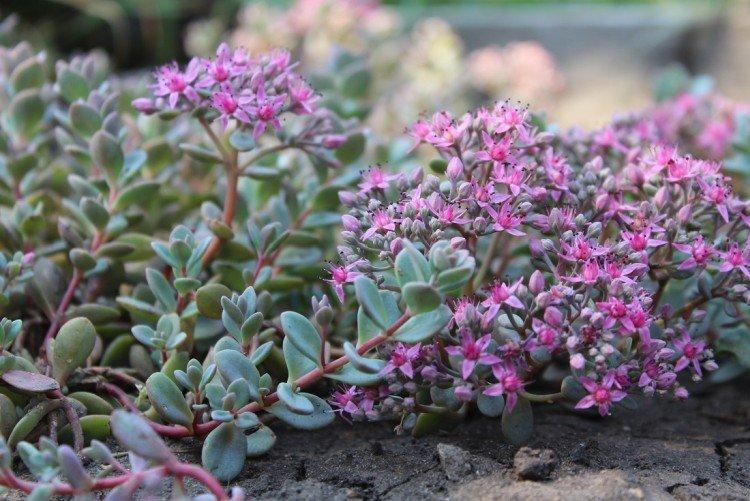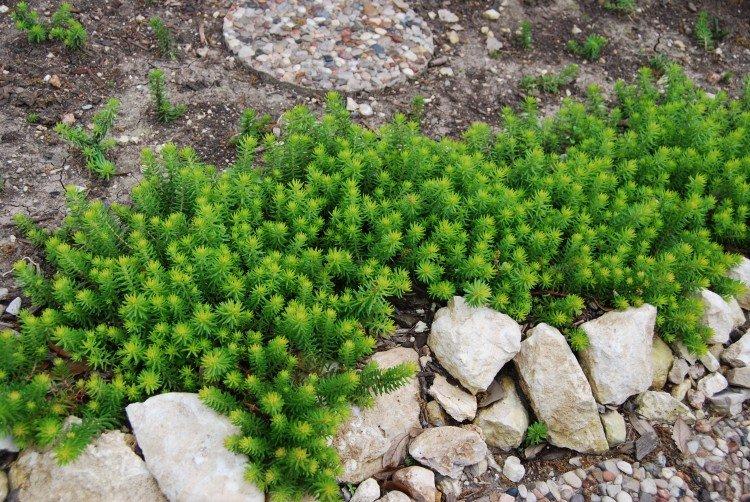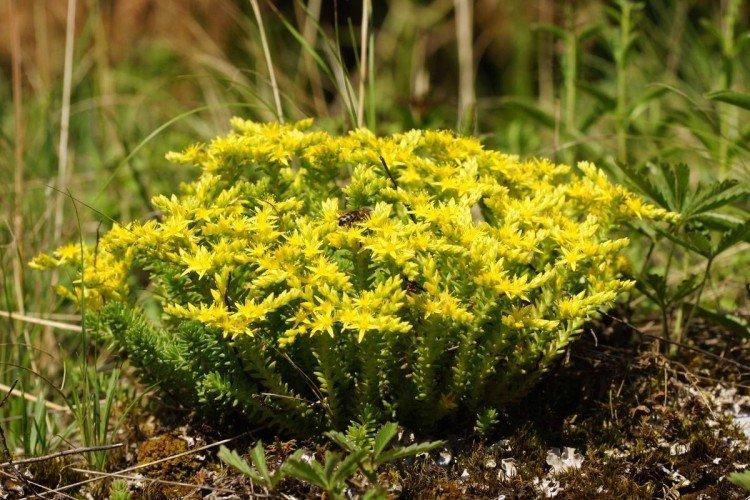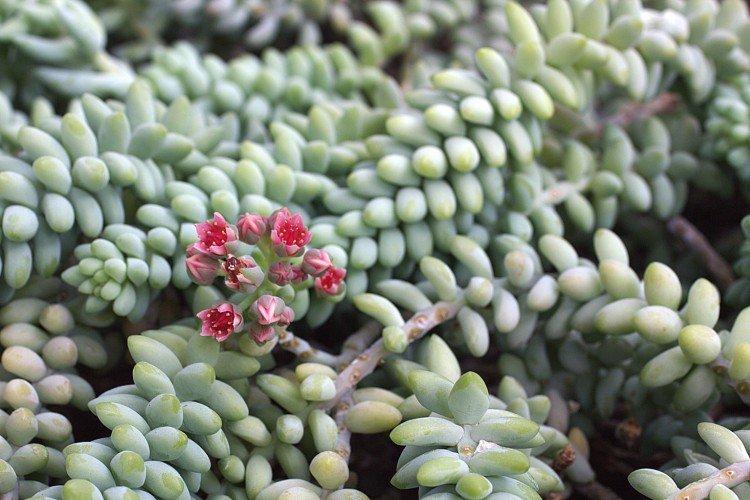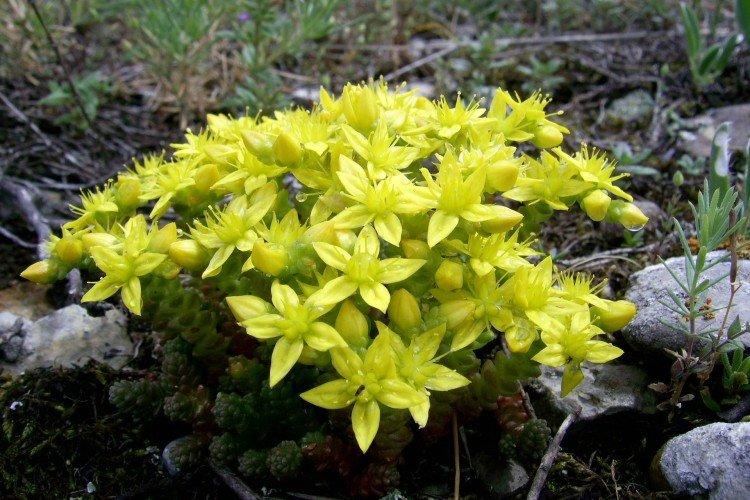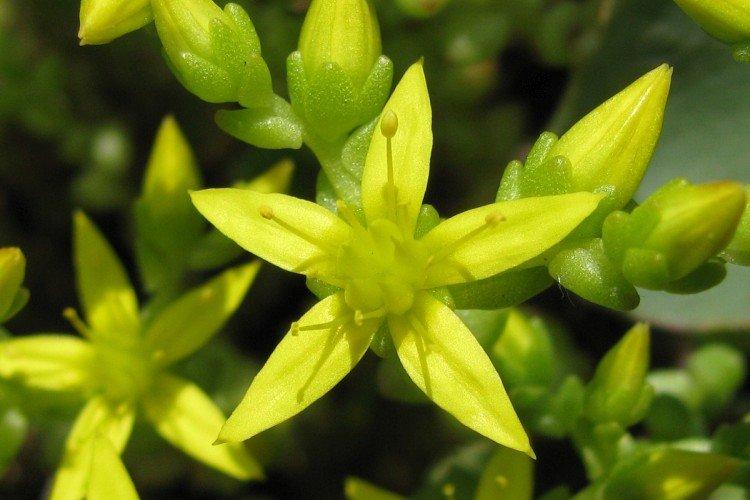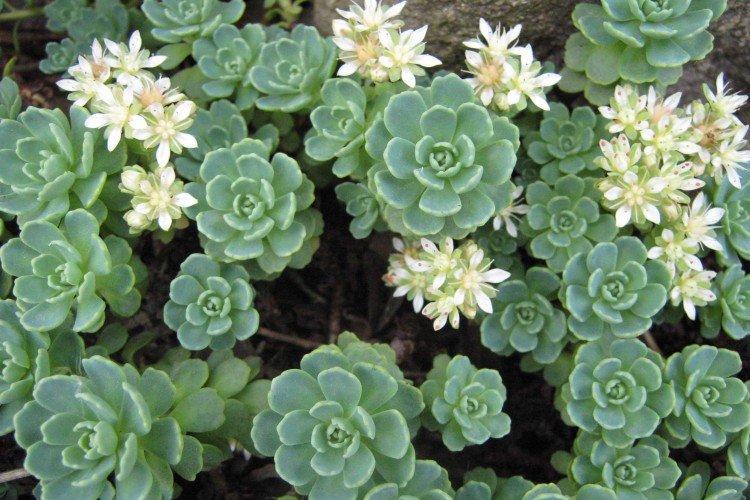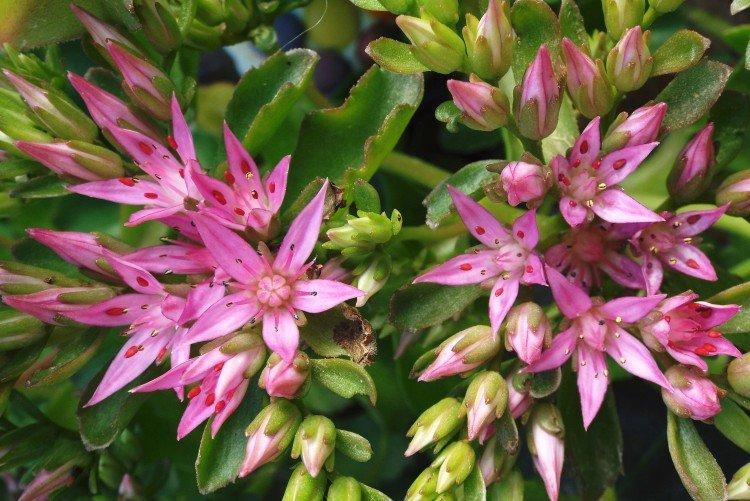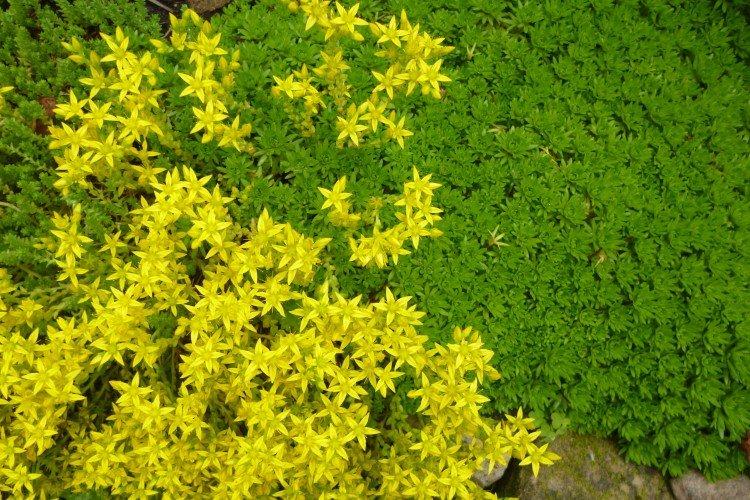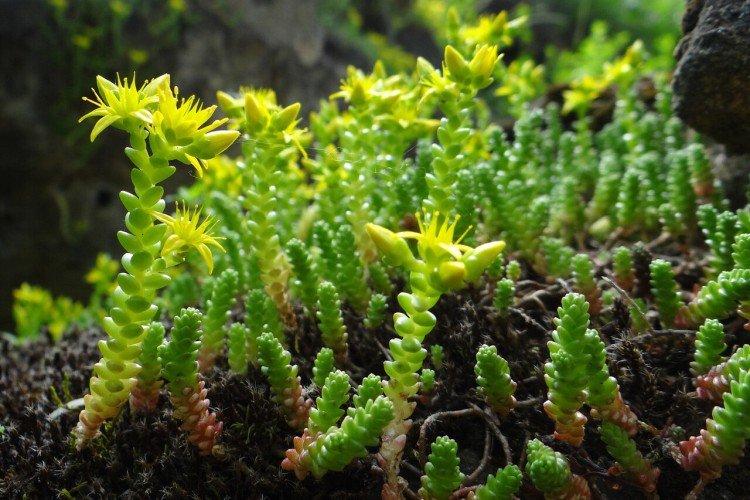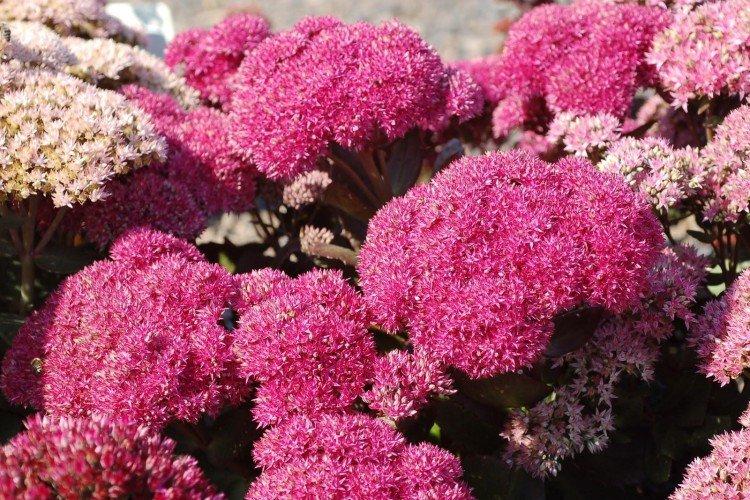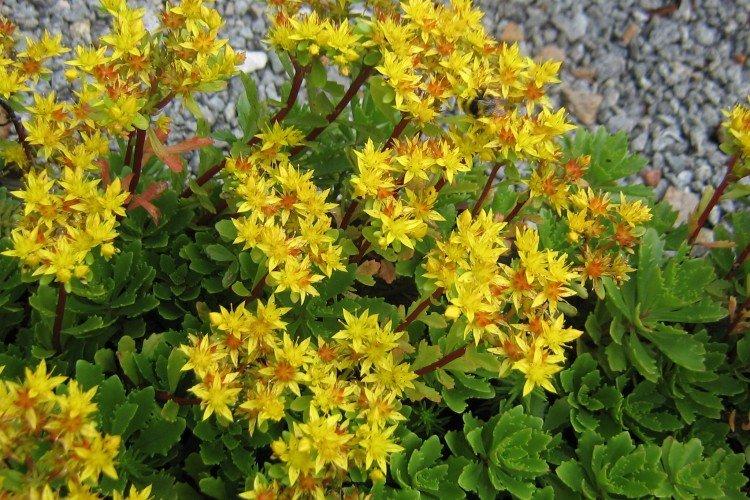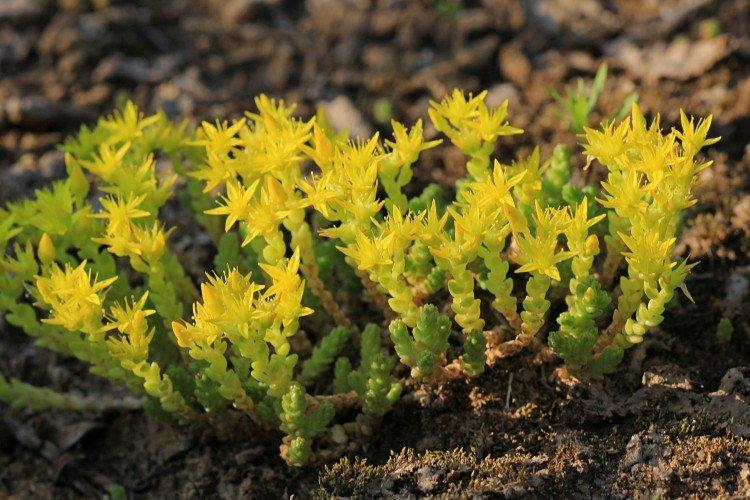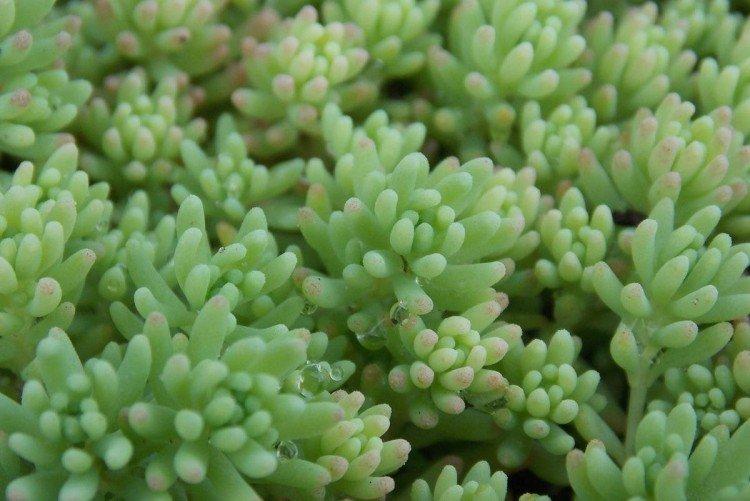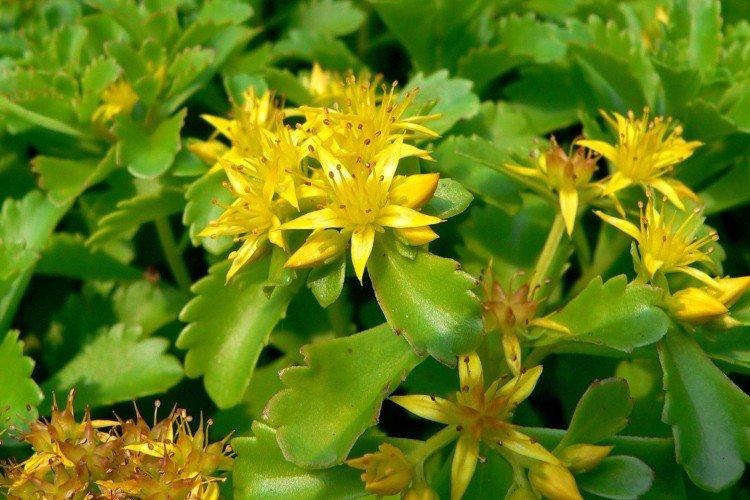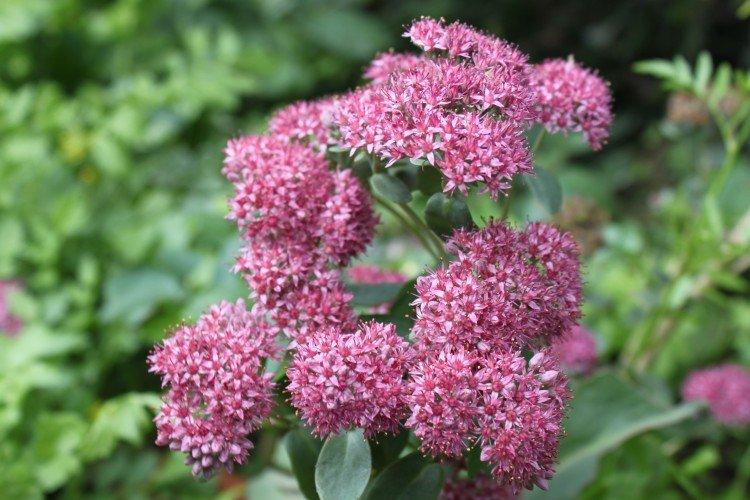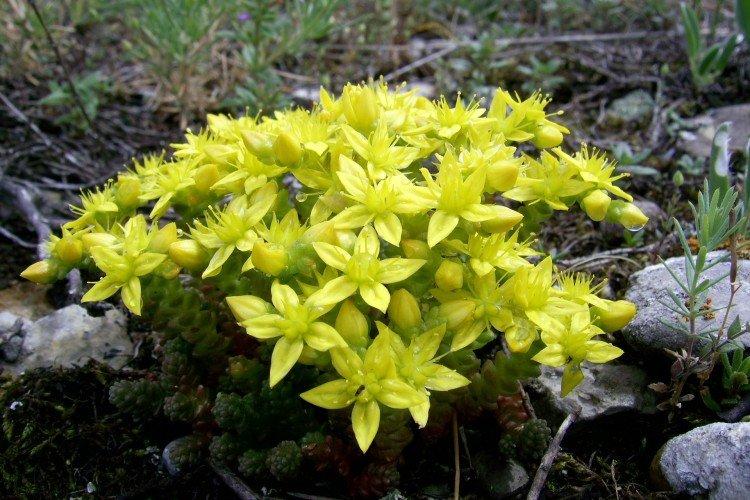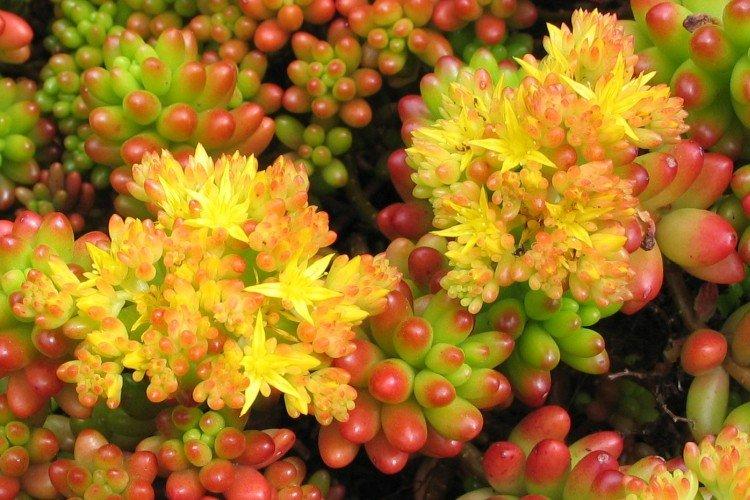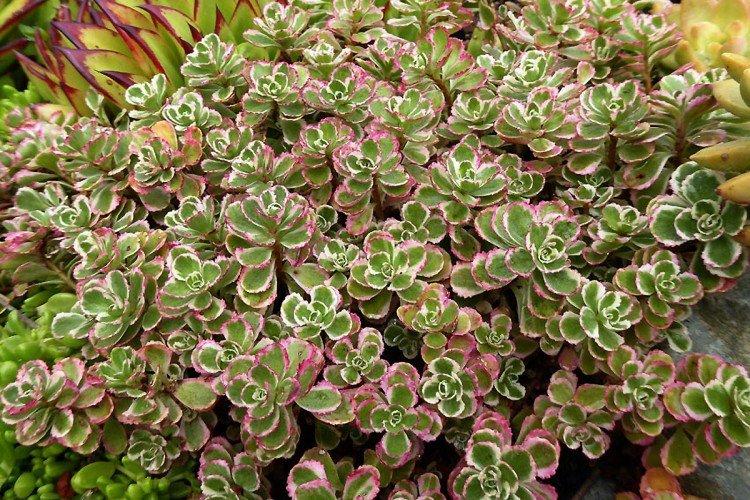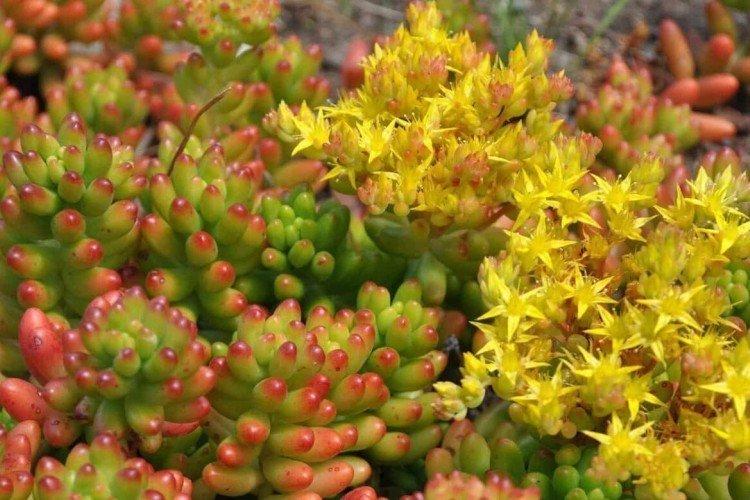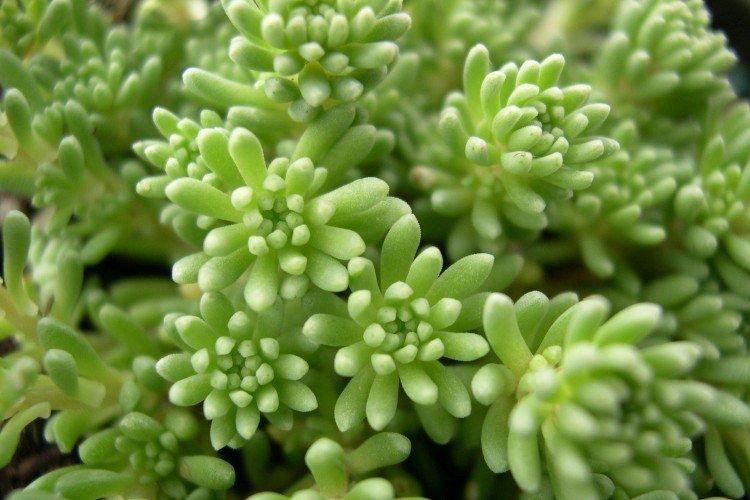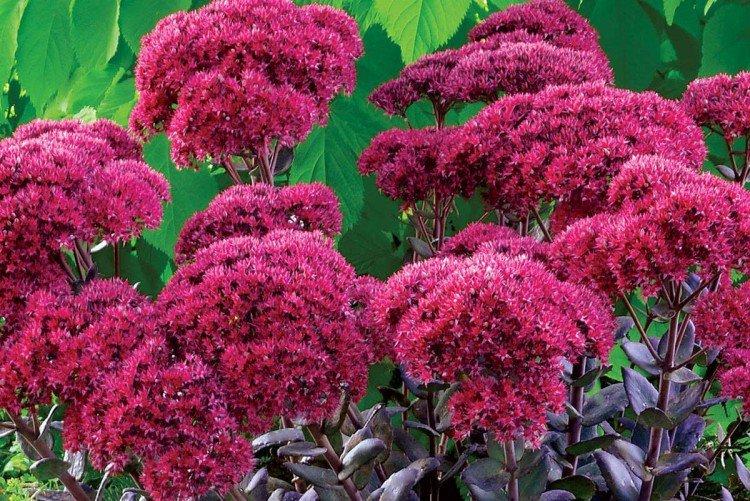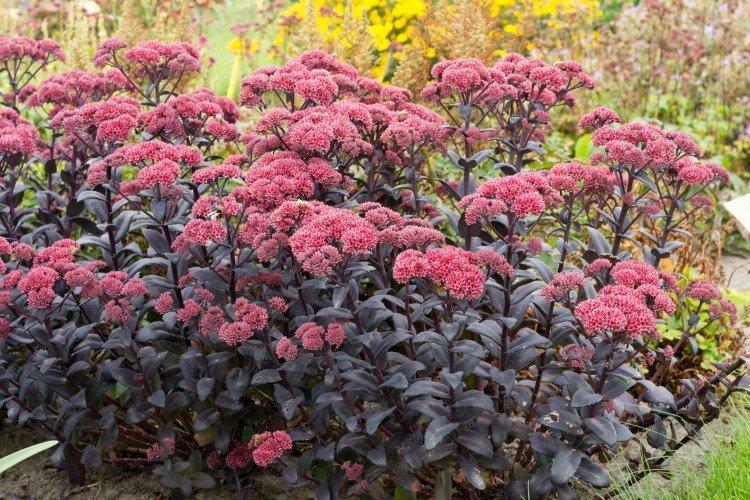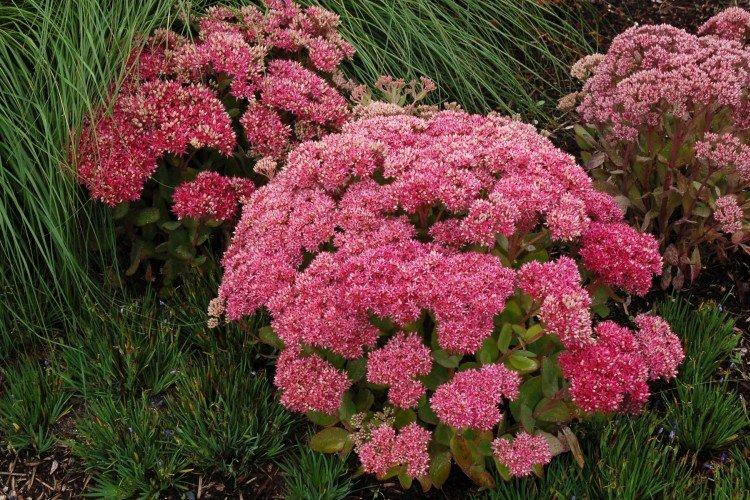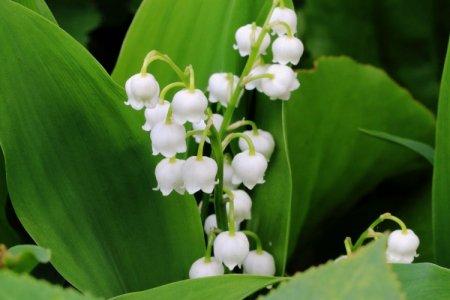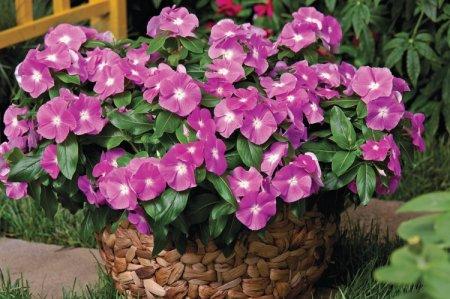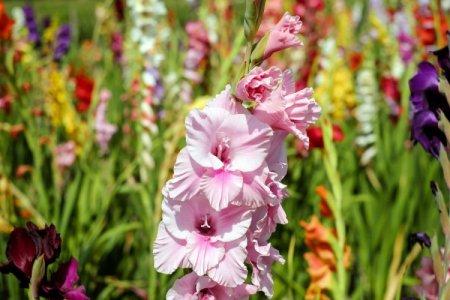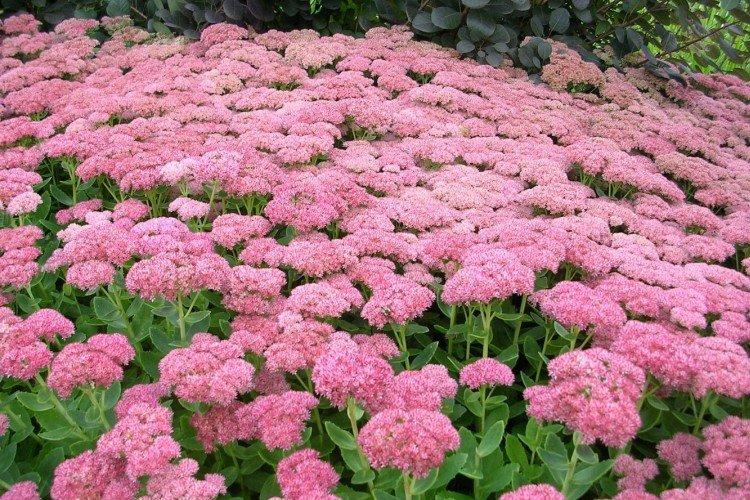
Fluffy pink inflorescences and spectacular ornamental leaves are not all that sedum is notable for. In fact, he has many more beautiful varieties. It grows well outdoors and perfectly complements any flower arrangement. It's time to get to know him better!
general information
Sedum or sedum is a bizarre succulent and the closest relative of the usual fat women. He came to us from hot arid regions of different continents, from Africa to America. In folk medicine, sedum decoction is used as an analgesic and cleansing agent.
In our latitudes, it is grown in a garden or apartments. For the garden, there are ground cover frost-resistant species, but even tropical exotics are suitable for the room. The sedum is a low-growing, branched perennial that grows rapidly.
Stonecrop shoots are strong and dense, densely covered with voluminous leaves. The shape and size of the leaves varies from cultivar to cultivar - they are surprisingly varied. The main shades are green, grayish or even pink. The color is influenced not only by the appearance, but also by the amount of lighting, the composition of the soil and other external factors.
Sedum actively and profusely bloom with dense umbrella-shaped inflorescences. Most often they bloom in late summer or autumn. Small flowers are very fragrant, and what's more, sedum is also a honey plant.
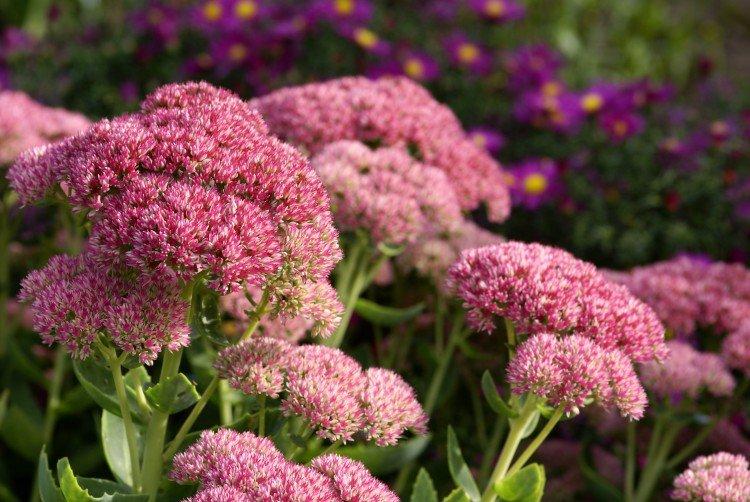
Types of sedum
The genus of stonecrops is not just big, it is huge. But not many of its representatives are used in ornamental gardening. We have selected the main ones!
Prominent sedum
The most popular option for the garden. Small oval leaves with a bluish tint grow on bare straight stems. But they are almost invisible when sedum blooms in large umbrella-shaped inflorescences of all shades of pink and purple.
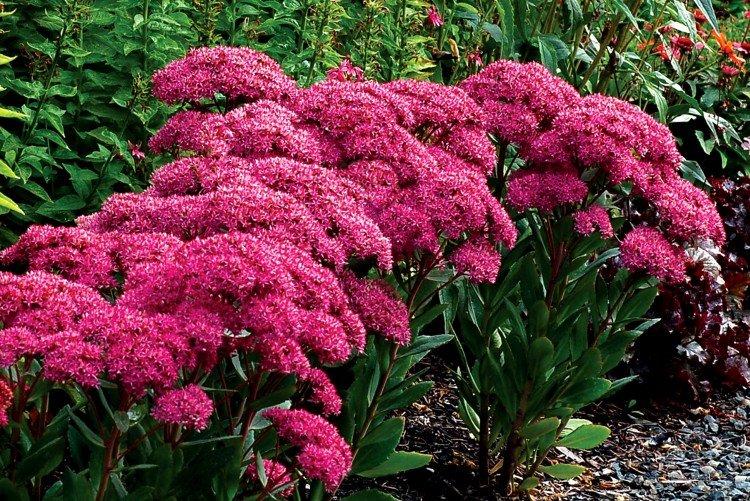
Acrid sedum
One of the earliest species that blooms by the end of May. The stems rarely stretch more than 10 cm, but are densely covered with tiny flat leaves.
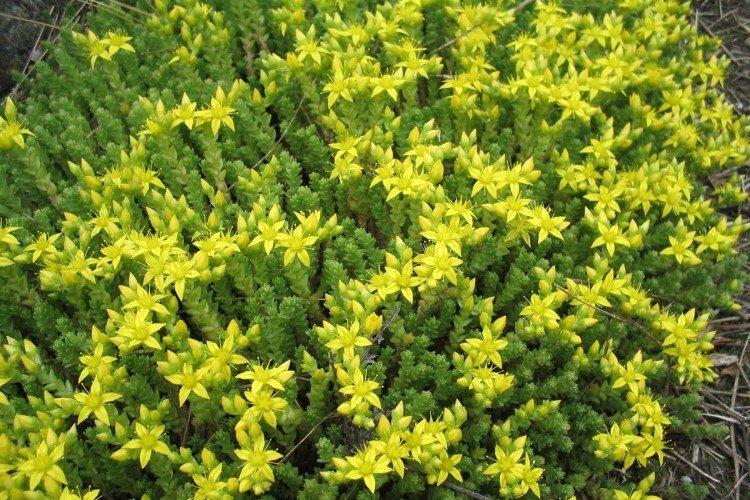
Purple sedum
This stonecrop also has lush pink inflorescences, but they have a completely different shape and structure. They rather resemble fluffy balls on straight stems from 20 to 60 cm high.
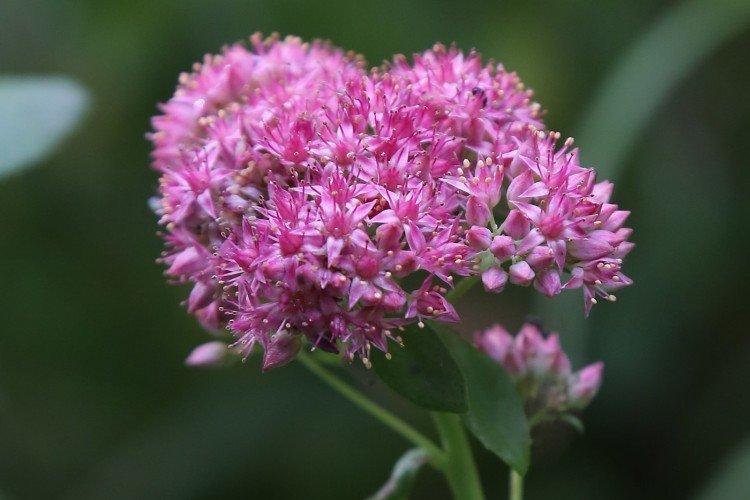
Big stonecrop
Contrary to the name, it is not at all large - only up to 30 cm. It is a medicinal plant and a honey plant with small star-shaped flowers. There are decorative varieties with different shades of foliage and buds.
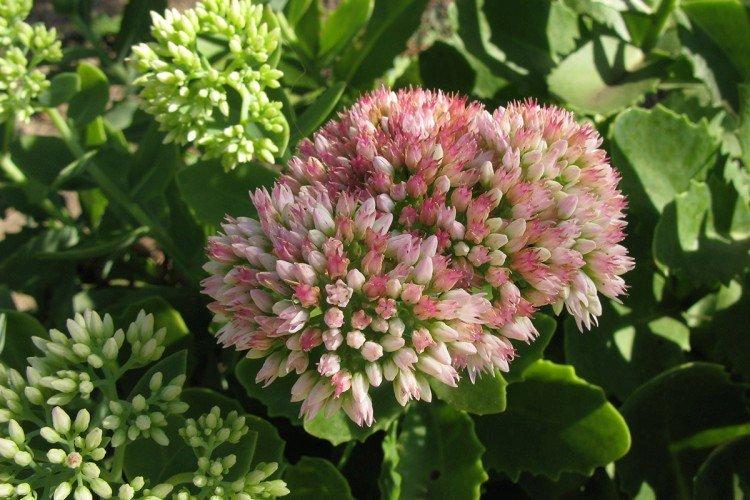
White sedum
A very delicate and very miniature view with a height of only 20 cm. It is very bright from it that sedum is a succulent. Just look at this leaf shape. Inflorescences, as you might guess, will be white.
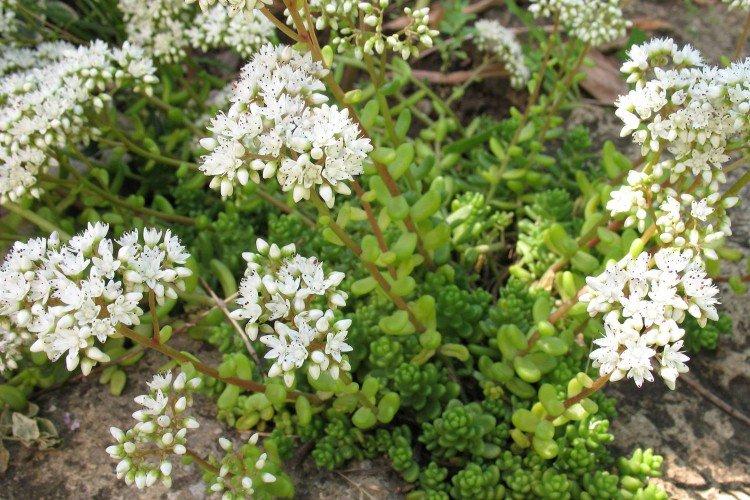
Kamchatka sedum
All shades of yellow and orange have come together here. And he also has a very unusual leaf shape - oval, slightly curved, with a jagged edge around the perimeter.
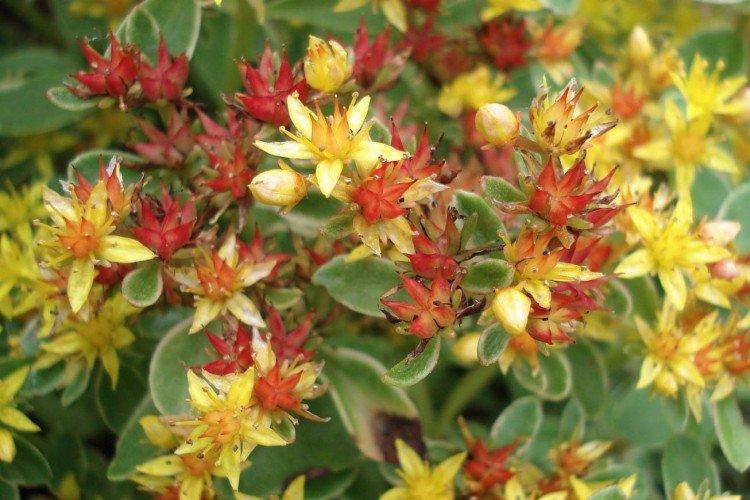
Morgan's sedum
A tall Mexican species, long creeping shoots of which stretch up to 1 m. It can even be grown as an ampelous plant.
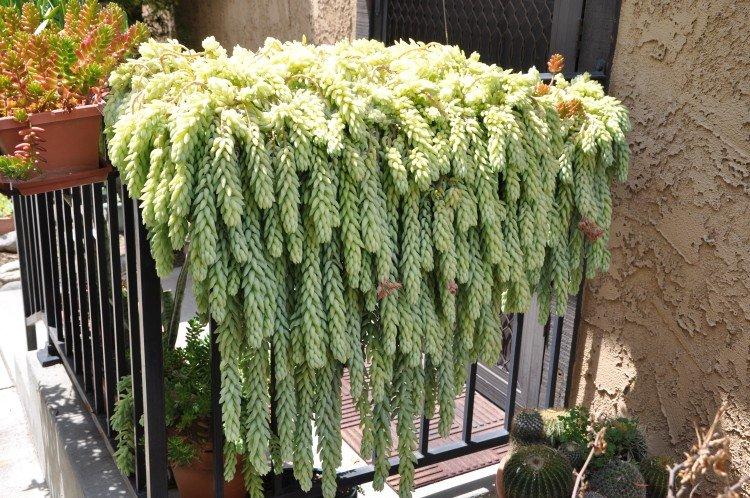
Bent stonecrop
Another variety with recumbent shoots that spread along the ground. They resemble either elongated hedgehogs or caterpillars. In the spring, this stonecrop also blooms.
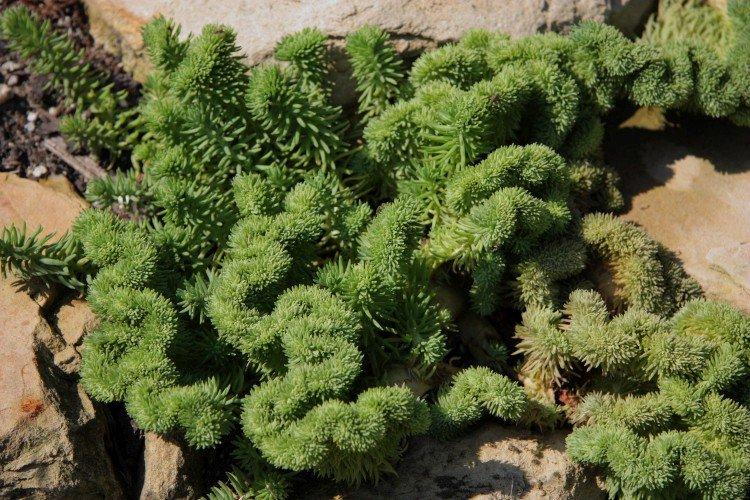
Stonecrop care
The sedum withstands drought, almost any temperature extremes and grows well on all types of soil. It's hard to find a more hassle-free garden plant!
Temperature
The comfortable temperature range for cleaning is practically free. It grows and develops normally at both +8 and +30 degrees. Indoor views can even be left at the coldest window for the winter.
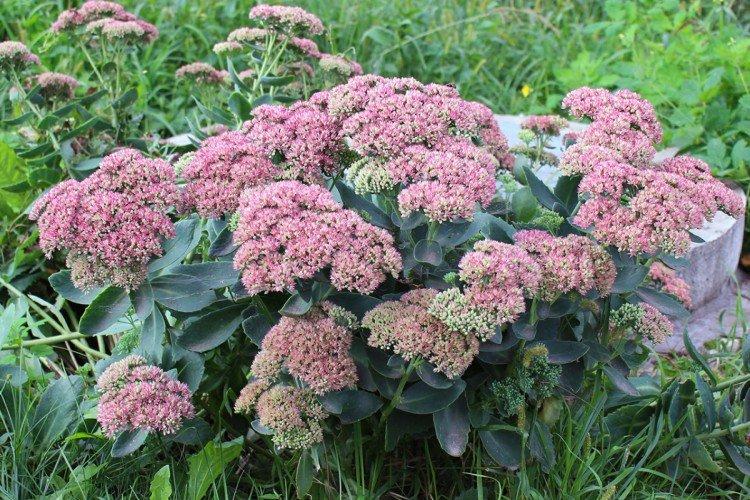
Lighting
The sedum does not tolerate shade well and prefers bright light. He is not afraid of direct sunlight, so feel free to choose the most well-lit area.
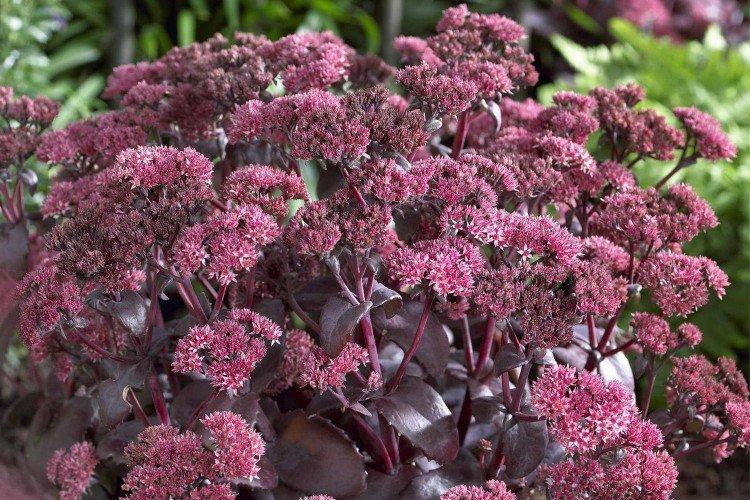
Watering
Like common succulents, sedum tolerates drought better than overflows.Its fleshy leaves store enough moisture to be watered only during dry periods. Make sure that the water does not stagnate under any circumstances.

The soil
Common sedum is generally indifferent to the composition of the soil. They can live in poor, rocky and sandy soils. But for ornamental varieties, we still recommend choosing a more fertile soil.
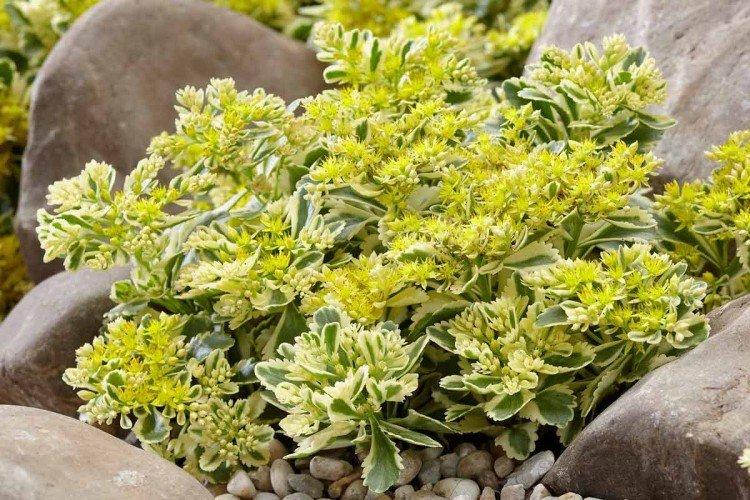
Fertilizers and feeding
Considering that the type of soil for sedum is not at all important, it does not really need top dressing either. If you wish, you can fertilize decorative varieties a couple of times per season. It is better to do this in April, and only then by autumn.
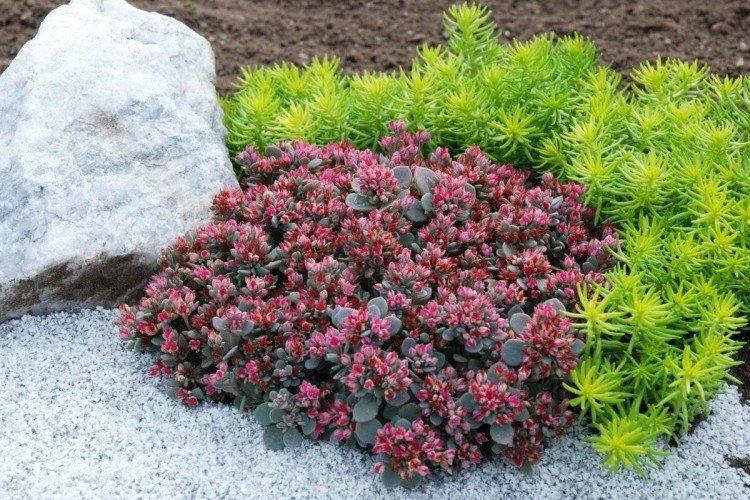
Weeding and pruning
Sedum is often and quickly overgrown with weeds, so they need to be weeded regularly. Only some varieties, such as caustic stonecrop, get rid of competitors on their own. In addition, remove dry bare shoots and faded buds during growth. Houseplants need rejuvenating pruning every 5 years.
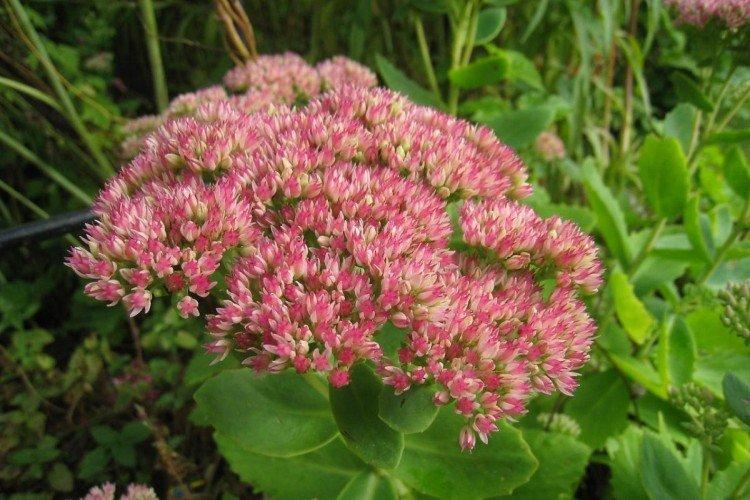
Wintering
Frost-resistant varieties can winter in our latitudes, but they must be completely cut off. Wait for the established cold weather and cut the plant right near the ground, leaving hemp up to 4 cm. Sprinkle it with earth and leave it until spring - sedum will grow again.
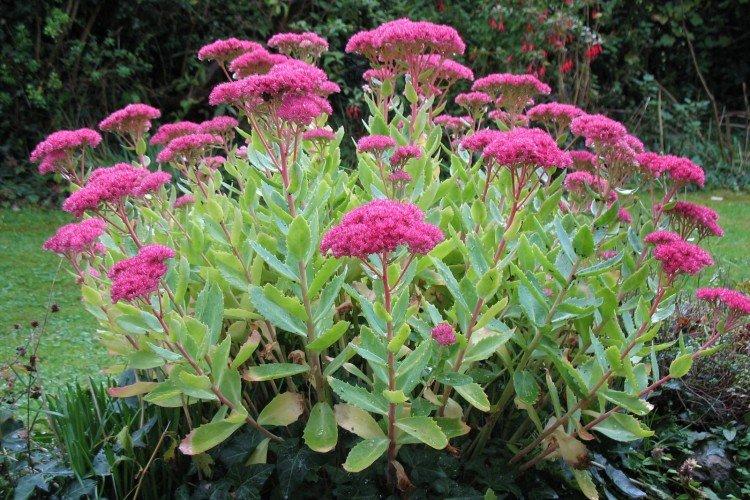
Planting and breeding
The sedum reproduces as you like. An adult, strong plant is easier to divide by rhizome in the spring during transplantation. Each part should have several growth points. Treat the cut with a fungicide, dry the cuttings and seedlings to permanent places.
You can use cuttings, any and any size. Even single leaves are suitable. Lightly dry the cut for just a couple of hours and immediately plant it in loose garden soil with sand, slightly pressing down. Water the seedling as needed and it will start growing in a couple of weeks.
Seeds are best sown in containers in spring or fall. Spread them over the peat mixture, lightly sprinkle with sand, moisten and leave under a film for 2 weeks in a cool dark room up to +5 degrees. Then transfer the container to a warm place, and after about 3 weeks you will see a massive emergence of seedlings.
After the appearance of 2 leaves, the seedlings can be dived. On warm days, start gradually hardening them outdoors and plant them in the garden at the end of May at a distance of about 20 cm. The sedum will begin to bloom in 2-3 years.
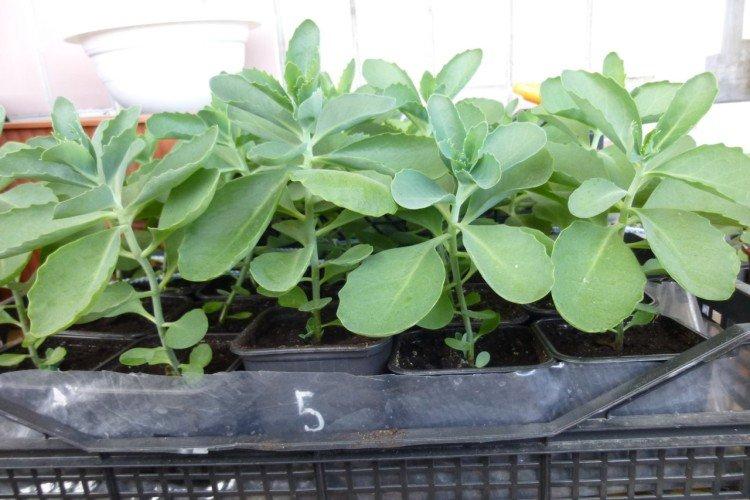
Stonecrop pests and diseases
The sedum practically does not suffer from diseases due to its good immunity. Maximum - in damp cool weather, a fungus develops, which manifests itself in the form of spots on the leaves and stems. Here you need to quickly remove the damaged parts and treat the planting with fungicides.
Wide-leaved species are loved by caterpillars and sawflies. Traps and special insecticides help well from them. The same goes for aphids and thrips. But weevils will first have to be collected mechanically. It is recommended to use preparations for currants, lilies of the valley or cyclamens - they are more delicate.
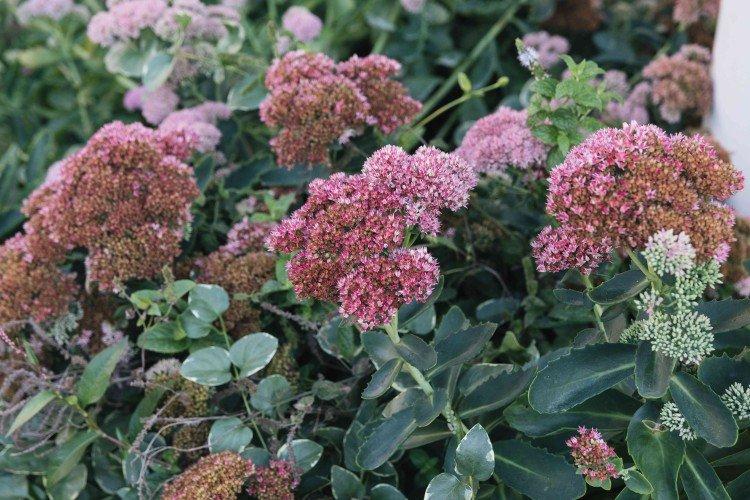
Sedum - photo
Looking at all the variety and riot of stonecrop colors, it is sometimes difficult to believe that this is one and the same flower. But we can guarantee: this is all him!
